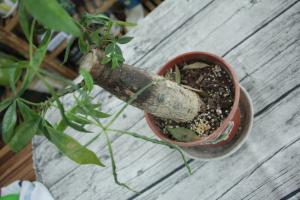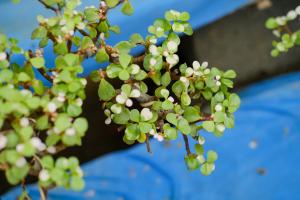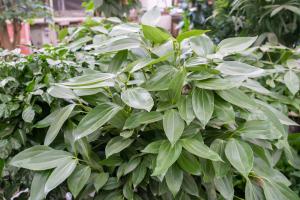Introduction
Plant cells are unique as they have a rigid cell wall which provides support for the cell and protection for the organism. The plant cell wall is a complex structure made up of various components that give it its unique properties. In this article, we will explore what the plant cell wall is made of.
Cellulose
Cellulose is the primary component of the plant cell wall. It is a polymer made up of glucose molecules that are linked together to form long chains. These chains are then arranged in bundles to form microfibrils, which are the building blocks of the cell wall. The microfibrils are held together by hydrogen bonds, which give the cell wall its strength and rigidity. Cellulose is the most abundant organic compound on Earth, and it forms the backbone of the plant cell wall.
Hemicellulose
Hemicellulose is another component of the plant cell wall. It is a heterogeneous group of polysaccharides that are found in varying amounts in different types of plant cells. Hemicellulose is composed of different monosaccharides such as xylose, arabinose, and mannose, which are arranged in different patterns. Unlike cellulose, hemicellulose is not a rigid structure and it can be easily broken down by enzymes. Hemicellulose provides flexibility to the cell wall, allowing it to stretch and grow as the plant cell expands.
Pectin
Pectin is a third component of the plant cell wall. It is a complex polysaccharide made up of galacturonic acid and other sugar molecules. Pectin is found in the middle lamella, which is the layer that separates adjacent plant cells. Pectin serves as a glue that holds adjacent cells together and cements the cell wall. Pectin also helps regulate the permeability of the cell wall, which controls the movement of water and solutes in and out of the cell.
Other Components
In addition to cellulose, hemicellulose, and pectin, the plant cell wall also contains other components such as lignin, proteins, and minerals. Lignin is a complex polymer made up of phenylpropanoid units, which give the cell wall its waterproofing properties. Proteins are also present in the cell wall and they play various roles, such as acting as enzymes and receptors. Minerals such as calcium are also incorporated into the cell wall, which helps maintain its structural integrity.
Conclusion
In conclusion, the plant cell wall is a complex structure made up of various components that work together to provide support and protection to the plant cell. Cellulose, hemicellulose, and pectin are the primary components of the cell wall, each with its unique properties. The plant cell wall also contains other components such as lignin, proteins, and minerals that contribute to its structure and function. Understanding the composition of the plant cell wall is essential in understanding how plants grow and respond to their environment.

 how many times do yo...
how many times do yo... how many planted tre...
how many planted tre... how many pine trees ...
how many pine trees ... how many pecan trees...
how many pecan trees... how many plants comp...
how many plants comp... how many plants can ...
how many plants can ... how many plants and ...
how many plants and ... how many pepper plan...
how many pepper plan...
































